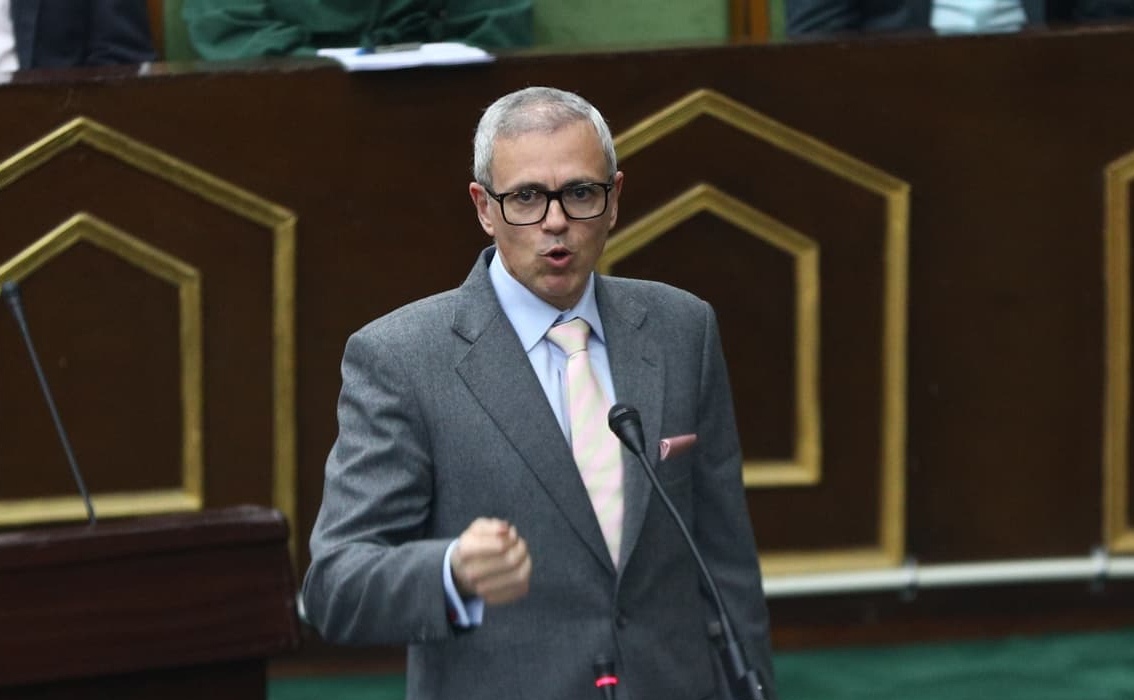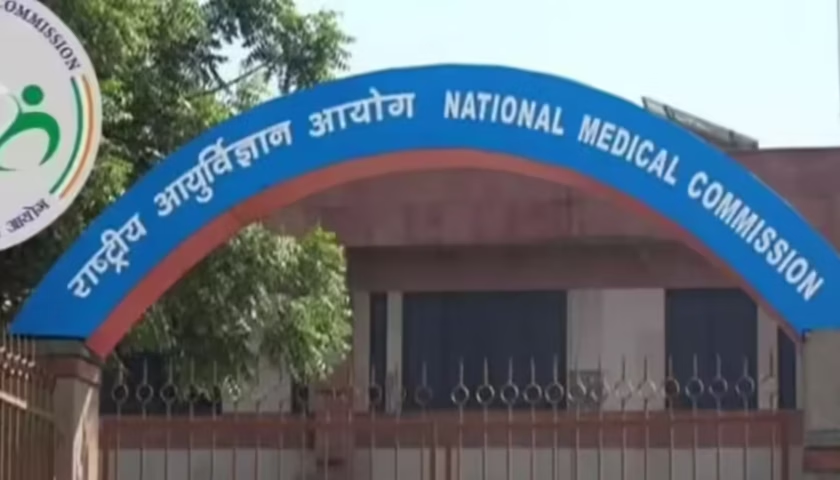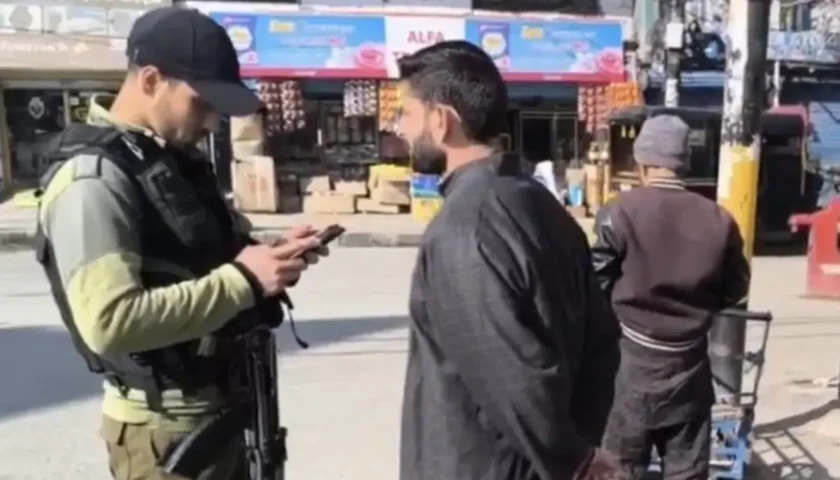Govt Committed to Offer 200 Units Free Electricity: J&K CM Omar Abdullah
Jammu 05 March 2025: Chief Minister Omar Abdullah announced on Wednesday that Jammu and Kashmir aims to achieve self-sufficiency in power generation by 2027. As part of this ambitious plan, the government is committed to offering 200 units of free electricity to consumers, ensuring a reliable and uninterrupted electricity supply.
Self-Sufficiency in Power Generation
The Chief Minister emphasized that the Jammu and Kashmir Power Development Corporation (JKSPDC) is prioritizing the development of hydroelectric power projects to achieve self-reliance in power generation. The goal is to provide uninterrupted electricity to consumers and reduce dependence on external sources.
Key Hydroelectric Projects
Responding to a question from National Conference MLA Shamima Firdous, Chief Minister Omar Abdullah provided details about the ongoing and planned hydroelectric projects in Jammu and Kashmir. In collaboration with NHPC, JKSPDC has formed joint ventures such as CVPPL and RHPCL to implement various projects, including:
- 1,000 MW Pakal Dul HEP
- 624 MW Kiru HEP
- 540 MW Kwar HEP
- 850 MW Ratle HEP
These projects, all located on the Chenab River in Kishtwar, have a combined capacity of 3,014 MW and are expected to be commissioned by 2027. Additionally, JKSPDC is implementing two more projects:
- 37.5 MW Parnai HEP in Rajouri
- 12 MW Karnah HEP in Kupwara
This brings the total capacity addition to 3,063 MW by 2027-2028. Furthermore, the 48 MW Lower Kalnai HEP in Kishtwar and the new Ganderbal HEP in Ganderbal have already been tendered.
Future Projects
The government has plans to develop seven more mega power projects to further boost J&K’s generation capacity. These include:
- 390 MW Kirthai-I
- 258 MW Dulhasti-II
- 800 MW Bursar
- 1,856 MW Sawalkote
- 240 MW Uri-I Stage II
- 89 MW Ujh
- 930 MW Kirthai-II
Challenges and Diversification Efforts
While these projects will significantly enhance power generation upon completion, the Chief Minister acknowledged that hydro power plants witness low generation during the winters due to reduced water flow. To achieve self-reliance, it is essential to have a balanced mix of power resources, including thermal and nuclear power. The government is also prioritizing renewable energy as a viable resource to meet growing demand and fulfill international climate change commitments.
Resource Adequacy Plan
The Chief Minister informed the House that J&K, in consultation with the Government of India, has developed a Resource Adequacy Plan extending until 2035. This plan outlines measures to increase power generation capacity, both by developing local power plants and securing energy from external sources.
Commitment to Free Electricity
When asked whether the government is committed to providing 200 units of free electricity to consumers, the Chief Minister responded positively, stating that the necessary steps would be outlined during the budget discussion on power sector grants. “The necessary steps will be outlined during the demand for grants for the sector,” he said.
CM Omar Pledges Power Sector Overhaul
Chief Minister Omar Abdullah also pledged an overhaul of the power sector in Jammu and Kashmir, addressing concerns about transmission and distribution losses. He emphasized that J&K’s transmission and distribution losses are among the highest in India, significantly higher compared to neighboring states like Himachal Pradesh and Uttarakhand. To address these issues, the Revamped Distribution Sector Scheme (RDSS) is being implemented to curb losses and modernize power infrastructure in the region.
RDSS Implementation
Under RDSS, in addition to smart metering works, funds have been sanctioned for various “Loss Reduction (LR)” works, including:
- AB Cabling
- HVDS
- Reconductoring
- Feeder Bifurcation and Segregation
These measures are district-specific, and funds for LR works have been sanctioned at the district level rather than for individual constituencies. The sanctioned cost for LR works in Doda district is Rs 86.28 crore, with the works awarded in September 2023.
Progress of RDSS Projects
Addressing concerns about the slow progress of RDSS projects, the Chief Minister explained that the package (including Doda district) was tendered for the first time on March 31, 2023. Due to a poor response, the tendering process had to be extended three times. The bid was finally opened on August 4, 2023, and awarded on September 8, 2023. So far, 12.25 percent progress has been achieved, and the works are moving forward at full pace with no delays. It is expected that the works in Doda district will be completed well within the sunset date of RDSS, which is March 31, 2026.
Detailed Project Reports (DPRs)
The RDSS Detailed Project Reports (DPRs) were formulated in two parts:
- Part A: Includes LR works and smart metering projects. Sanction has been received for Part A works.
- Part B: Covers modernization works and is currently at the appraisal stage with the Nodal Agency of MoP. Once sanctioned, the modernization works will be awarded as per the terms and conditions specified in the sanction order.
Conclusion
Chief Minister Omar Abdullah’s ambitious plan to develop mega power projects and overhaul the power sector reflects the government’s commitment to achieving self-sufficiency in power generation and providing reliable electricity to consumers. The comprehensive approach to diversifying the energy mix, modernizing power infrastructure, and addressing transmission and distribution losses aims to ensure long-term energy self-reliance and sustainability in Jammu and Kashmir.




